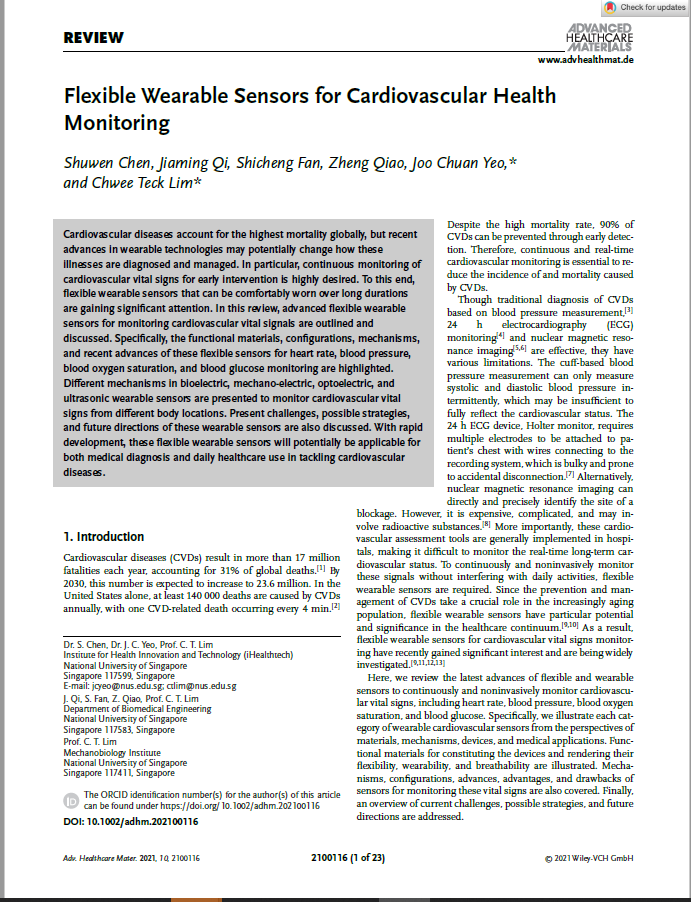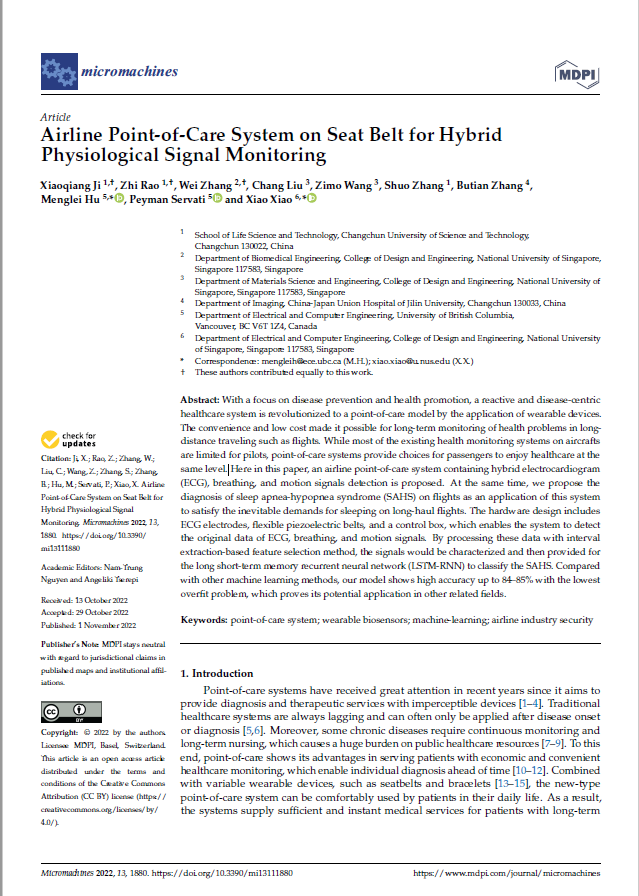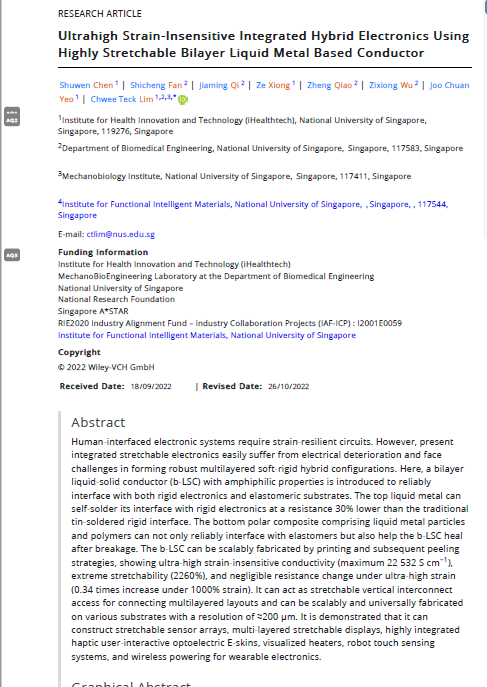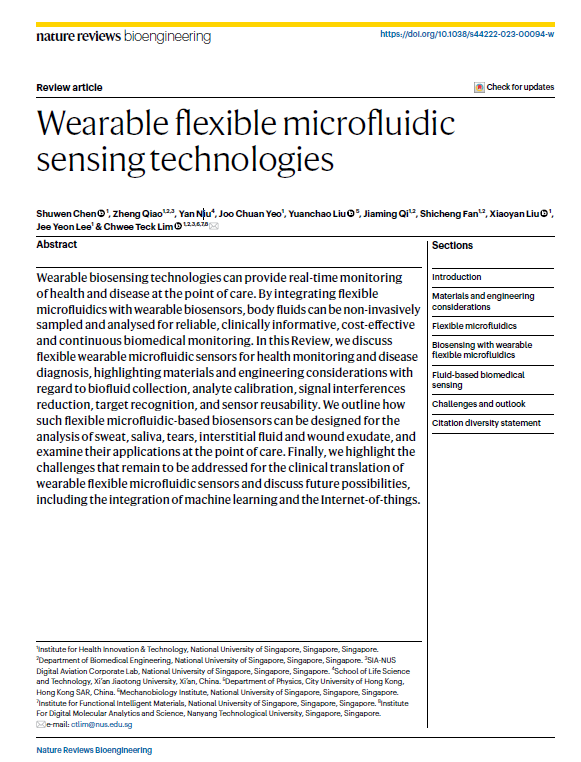
A key to SIA’s success is its strong reputation for service excellence. In the customer-facing aviation industry, where customer satisfaction is critical and competition to retain and increase market share is cut-throat, understanding and pre-empting new emergences in customer insight, engagement, and experience are critical. SIA deeply understands this and embraces such an approach as part of their business DNA. SIA prides itself on premium service, building up its SIA brand name on the back of innovative products and services within the aircraft cabin environment, especially for premium passengers.
The goal of this work package is to create new products, services, and processes that improve passengers’ comfort, sleep, and wellness. This will be achieved by combining insights from different research approaches, including data analytics, behavioural and sleep science, and design processes, as well as the organizational knowledge and practices of Singapore Airlines (SIA).
The work package focuses on developing innovations in the following key strategic areas related to passengers’ inflight experience:
Developing and implementing novel products and services in the cabin environment requires a long lead-time. Despite the team’s preference to capture in-cabin data for their research activities, there is no ready solution for deployment in commercial flights. Embedding sensors on aircraft seats is technically and operationally challenging, curtailed by international data privacy laws and regulations, and requires regulatory approvals for aircraft certification.
The aim of this project is to simulate passengers’ inflight experience during a long-haul flight. In order to achieve this, the cabin will be designed to the specifications for a given segment of SIA’s aircraft. The simulator environment will be designed in a way that it can be configured to include a galley, business class section, and toilets.
The team will leverage on smart sensor technology for collecting data from the cabin environment and passengers. As part of the discovery process, the team will explore and experiment with possible locations within the cabin where sensors could be deployed and the types of data that can be measured, including but not limited to seat embedded sensors to detect posture and behavioural patterns, biometric data such as heart rate, temperature, posture and body position data, and floor sensors to detect movement and activities.
Current product offerings for cabin seats in the civil aviation sector are generic and lack interactive capabilities beyond the inflight entertainment system. There is a need to revolutionize innovation in cabin seat offerings, especially for potential application in the new ultra-long-haul flights and next-generation aircraft, tapping on scientifically-backed frameworks to move beyond cosmetic enhancements, towards meaningful and impactful improvements to seats with reference to ergonomics, biomechanics and other physiological factors
This project seeks to determine quantitative factors which affect in-cabin comfort and sleep; develop new insights and targeted strategies for improving existing products and services; and generate target measurements and specifications for prototyping of comfort-enhanced cabin seats. New specifications & prototypes developed from this project will lead SIA’s engagement with seat and aircraft manufacturers as SIA works on its next-generation aircraft programs.
The project seeks to establish a framework for defining and measuring cabin seat comfort (i.e., development of a Comfort Matrix), which can be used toward developing data-driven enhancements in seat design that optimize passengers’ comfort and inflight experience. The research will involve measuring both qualitative and quantitative aspects of passengers’ comfort, and applying this knowledge to generate new specifications and designs for enhancing cabin seat comfort.
The targets of this project are to establish a novel data-driven Comfort Matrix for defining and measuring cabin seat comfort, using qualitative and quantitative datasets, and to use these data to generate specifications that drive SIA’s design and development of enhanced cabin seats and product/service offerings for improving comfort on ultra-long-haul flights and next-generation aircraft.
Sleep quality is a major determinant of passengers’ overall flight experience, especially on long-haul flights. However, good sleep can be difficult to achieve. Sleep is a highly personalized behaviour, in which there are substantial individual differences in sleep preferences (e.g., sleeping position, firmness of the sleeping surface, type of pillow and blanket). Other barriers to restful sleep and positive mood in the cabin include exposure to light and noise, lack of privacy, and difficulty finding a comfortable position. In principle, customizable design features and services can be offered to remove or reduce these barriers. Improving passengers’ quality of sleep will lead to a more positive experience, with benefits for SIA with respect to customer satisfaction and reviews, prestige, and attracting and retaining customers.
This project aims to facilitate restful sleep by helping SIA to implement science-based approaches to improve passengers’ comfort (e.g., improvements in seat design, lighting, and services) and adopting practices that minimize sleep disturbances and jet lag.
The goal for this multi-phased project is to improve qualitative and quantitative measures of sleep, wellness, and comfort in SIA passengers, hence providing a competitive advantage for SIA in service excellence.
The targets of this project are to establish novel, data-driven matrices for defining and measuring inflight sleep quality, using qualitative and quantitative datasets, and to use these data to generate specifications that drive SIA’s design and development of products/services that improves passengers’ sleep and wellness. The team aims to optimize the sleeping environment in a way that can be adapted to suit the sleep preferences of each passenger.
Today, the concept of a connected cabin is limited only to F&B ordering via the IFE system. Current development focuses on pre-emptive maintenance and safety related solutions which is relatively simplistic and does not have direct interfaces with passengers. There are limited solutions to bring service personalization to passengers within a connected cabin solution.
This project aims to develop a novel, intelligent system that autonomously anticipates passengers’ needs and communicates feedback and suggested interventions through a platform that integrates with existing cabin systems, inflight entertainment system and crew service protocols.
The target of this project is to develop a “connected cabin” that enables targeted and/or personalised service delivery through inflight services, inflight entertainment and/or cabin systems induced by passenger’s actions/motions and well-being sensors, without revealing intrusive and private personal information.

Shuwen Chen, Jiaming Qi, Shicheng Fan, Zheng Qiao, Joo Chuan Yeo, and Chwee Teck Lim
Problem Statement: Cardiovascular diseases account for the highest mortality globally, but recent
advances in wearable technologies may potentially change how these
illnesses are diagnosed and managed. In particular, continuous monitoring of
cardiovascular vital signs for early intervention is highly desired. To this end,
flexible wearable sensors that can be comfortably worn over long durations
are gaining significant attention. In this review, advanced flexible wearable
sensors for monitoring cardiovascular vital signals are outlined and
discussed. Specifically, the functional materials, configurations, mechanisms,
and recent advances of these flexible sensors for heart rate, blood pressure,
blood oxygen saturation, and blood glucose monitoring are highlighted.
Different mechanisms in bioelectric, mechano-electric, optoelectric, and
ultrasonic wearable sensors are presented to monitor cardiovascular vital
signs from different body locations. Present challenges, possible strategies,
and future directions...
This research is supported by National Research Foundation, Singapore and A*STAR, under its RIE2020 Industry Alignment Fund – Industry Collaboration Projects (IAF-ICP) grant call (Grant No. I2001E0059)

Xiaoqiang Ji, Zhi Rao, Wei Zhang, Chang Liu, Zimo Wang, Shuo Zhang, Butian Zhang, Menglei Hu, Peyman Servati and Xiao Xiao
Problem Statement: With a focus on disease prevention and health promotion, a reactive and disease-centric
healthcare system is revolutionized to a point-of-care model by the application of wearable devices.
The convenience and low cost made it possible for long-term monitoring of health problems in longdistance
traveling such as flights. While most of the existing health monitoring systems on aircrafts
are limited for pilots, point-of-care systems provide choices for passengers to enjoy healthcare at the
same level...
This research is supported by National Research Foundation, Singapore and A*STAR, under its RIE2020 Industry Alignment Fund – Industry Collaboration Projects (IAF-ICP) grant call (Grant No. I2001E0059)

Shuwen Chen,Shicheng Fan,Jiaming Qi,Ze Xiong,Zheng Qiao,Zixiong Wu,Joo Chuan Yeo,Chwee Teck Lim
Problem Statement: Human-interfaced electronic systems require strain-resilient circuits. However, present integrated stretchable electronics easily suffer from electrical deterioration and face challenges in forming robust multilayered soft-rigid hybrid configurations. Here, we introduce a bilayer liquid-solid conductor (b-LSC) with amphiphilic properties to reliably interface with both rigid electronics and elastomeric substrates. The top liquid metal can self-solder its interface with rigid electronics at a resistance 30% lower than the traditional tin-soldered rigid interface. The bottom polar composite comprising liquid metal particles and polymers can not only reliably interface with elastomers but also help the b-LSC heal after breakage...
This research is supported by National Research Foundation, Singapore and A*STAR, under its RIE2020 Industry Alignment Fund – Industry Collaboration Projects (IAF-ICP) grant call (Grant No. I2001E0059)

Zheng Qiao, Shuwen Chen, Shicheng Fan, Ze Xiong, Chwee Teck Lim
Problem Statement: chronic diseases are currently posing a major challenge not only to our life expectancy and healthspan but also to the healthcare system, as patients will need continual monitoring, treatment, and care to mitigate some of the severe health complications that may arise. Merely frequent visits to medical facilities and clinics may not be sufficient. Home-based point-of-care diagnosis and monitoring may be needed for the prevention and/or management of long-term complications. Recent advances in materials, fabrication methods, and bioelectronics have led to some epidermal systems that can measure critical physiological parameters and provide long-term monitoring of several chronic diseases. In this review, ..
This research is supported by National Research Foundation, Singapore and A*STAR, under its RIE2020 Industry Alignment Fund – Industry Collaboration Projects (IAF-ICP) grant call (Grant No. I2001E0059)

Shuwen Chen, Zheng Qiao, Yan Niu, Joo Chuan Yeo, Yuanchao Liu , Jiaming Qi, Shicheng Fan, Xiaoyan Liu,
Jee Yeon Lee & Chwee Teck Lim
Problem Statement: Wearable biosensing technologies can provide real-time monitoring of health and disease at the point of care. By integrating flexible microfluidics with wearable biosensors, body fluids can be non-invasively sampled and analysed for reliable, clinically informative, cost-effective and continuous biomedical monitoring. In this Review, we discuss flexible wearable microfluidic sensors for health monitoring and disease diagnosis, highlighting materials and engineering considerations with regard to biofluid collection, analyte calibration, signal interferences reduction, target recognition, and sensor reusability. We outline how such flexible microfluidic-based biosensors can be designed for the analysis of sweat, saliva, tears, interstitial fluid and wound exudate, and examine their applications at the point of care. Finally, we ...
This research is supported by National Research Foundation, Singapore and A*STAR, under its RIE2020 Industry Alignment Fund – Industry Collaboration Projects (IAF-ICP) grant call (Grant No. I2001E0059)